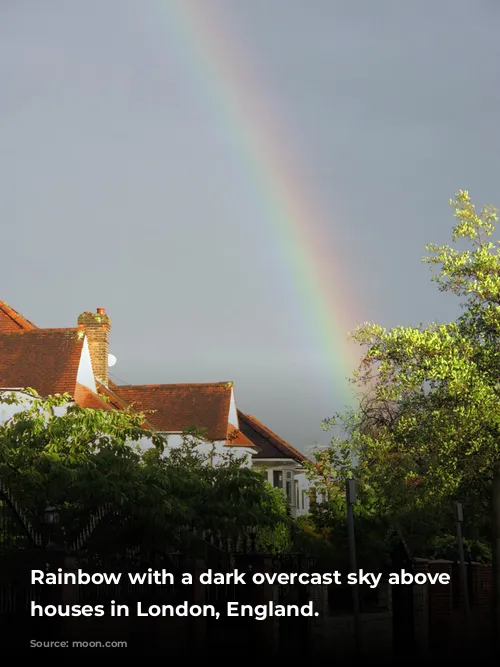Moving to London can be an exciting adventure, but the city’s weather can be a surprise, especially for those coming from sunnier climes. The British capital’s location far north means you’ll experience extremes of daylight and a unique blend of weather patterns.
Day and Night: A Constant Dance
London’s latitude, at 51°30′ North, dramatically impacts the length of days throughout the year. As autumn arrives, daylight hours shrink rapidly, with winter bringing a noticeable shift in the balance between light and darkness. By December, you’ll be leaving for work and coming home under a dark sky, as the sun struggles to rise before 8 am and sets before 4 pm. This stark contrast in daylight can be a bit disconcerting, especially for those accustomed to long, sunny days.
But the shift in daylight isn’t limited to winter. Summer brings its own set of challenges, with the sun rising as early as 4 am! This early sunrise can make sleeping difficult, especially when the sun is streaming through your bedroom windows at 5 am. Even trying to put children to bed when it’s still bright outside can be a struggle, as the sun doesn’t set until around 9:20 pm in June.
To combat the early summer sun, many Londoners rely on blackout curtains. These thick, light-blocking curtains are a lifesaver, creating a dark and cool space for sleep and offering an extra layer of insulation during the colder months.

Temperate Charms and Unexpected Rainfall
Despite its northerly location, London enjoys a surprisingly temperate climate, thanks to the warm Gulf Stream, a current that brings warm water from the Caribbean up to Western Europe. This makes London’s weather milder than you might expect, with average daytime temperatures ranging from 8°C (46°F) in January to 22°C (73°F) in July.
While you’ll experience some days with temperatures exceeding 25°C (77°F) or even 30°C (86°F) in summer, you won’t encounter the scorching heat often seen in other parts of the world. And while winter temperatures can dip below freezing, most homes are equipped with heating systems, keeping you comfortable during the colder nights.
London’s weather is also known for its consistent rain. While the annual rainfall isn’t exceptionally high, it falls frequently, often in the form of a drizzle. To be prepared, simply keep a lightweight umbrella or a waterproof jacket handy. Occasional thunderstorms bring heavier downpours, but most of the time, the rain is gentle.

Snow Days: A Rare but Disruptive Event
Snow is an unusual sight in London, primarily because the city’s heat from buildings and vehicles keeps the temperature above freezing. However, when snow does fall, it can cause widespread disruption.
The city comes to a standstill, with public transportation systems like the Underground and trains affected by icy conditions. The Underground, despite its name, is primarily aboveground outside of the city center, making it vulnerable to snow and ice.
Road traffic is particularly susceptible to snow, as even a small amount can lead to gridlock. Many drivers are not accustomed to driving in snowy conditions, causing accidents and traffic jams.
A few years ago, I learned this lesson the hard way. I found myself stuck in a shopping mall parking lot for over two hours, after a sudden snowfall turned the roads into a treacherous landscape. It was a reminder of the impact even a small amount of snow can have on London’s transportation system.

Climate Change: A Potential Shift in the Weather Pattern
While London has enjoyed a period of relatively mild winters, recent years have brought colder temperatures and more rainfall. This shift in weather patterns may be part of natural cycles or a sign of climate change.
If climate change is indeed impacting London’s weather, the city will need to adapt to more extreme conditions, including heavier rainfall and potential snow events.

London’s Summers: A Bit More Temperate Than You Might Think
Londoners don’t often experience the sweltering heat you might expect in a major city. The city’s mild climate means summers are typically pleasant, with occasional warm days reaching the low 80s (F).
It’s important to note that London homes are not designed for extreme heat, and you’re unlikely to find air conditioning. While London experiences the occasional heatwave, most summers are relatively cool and damp.









